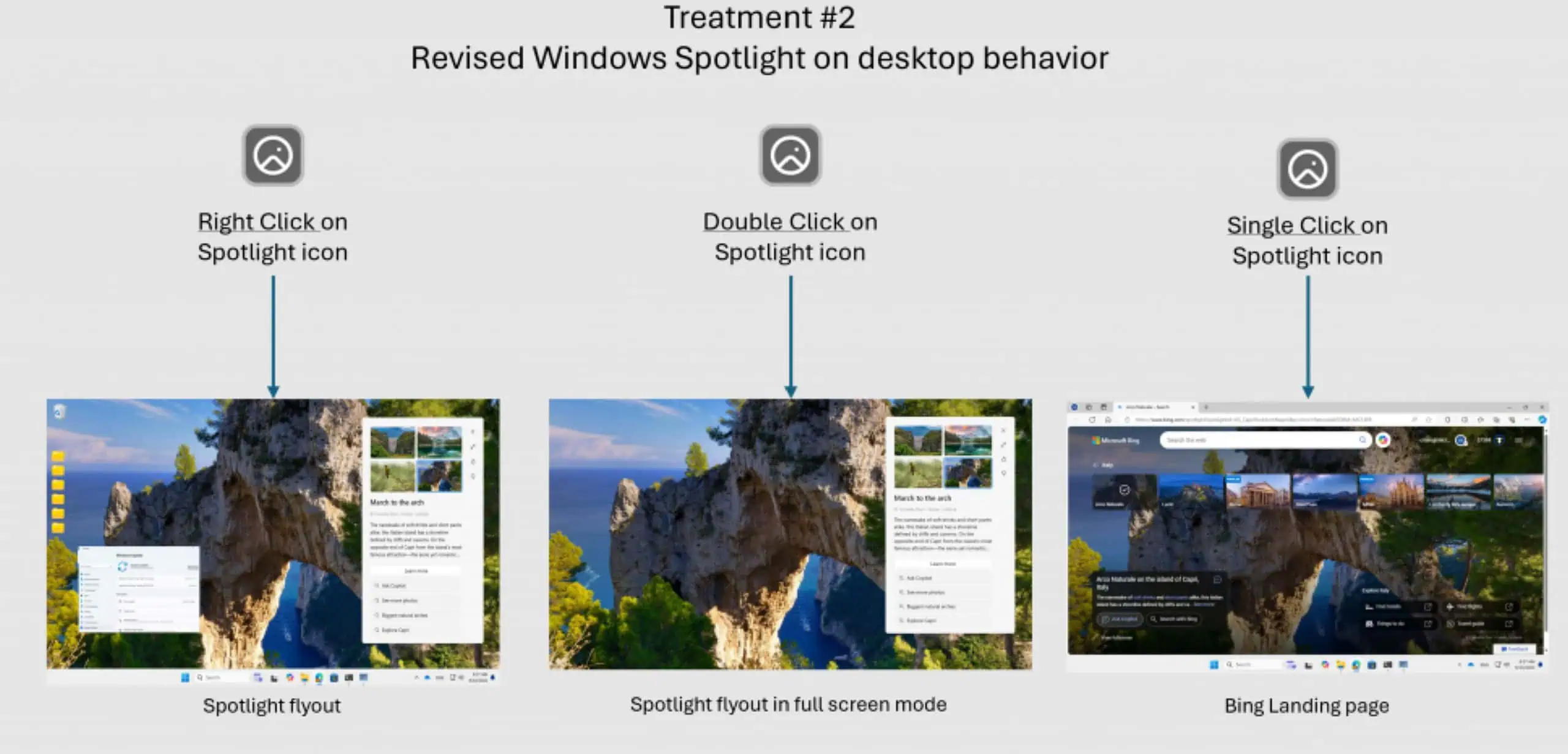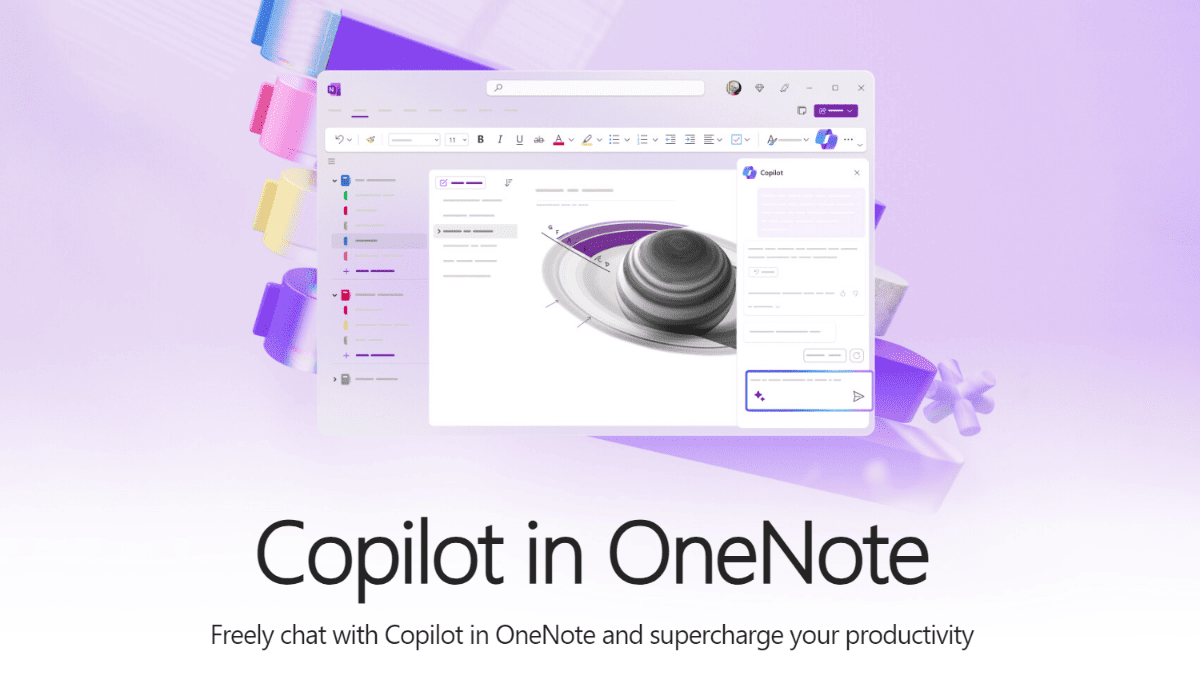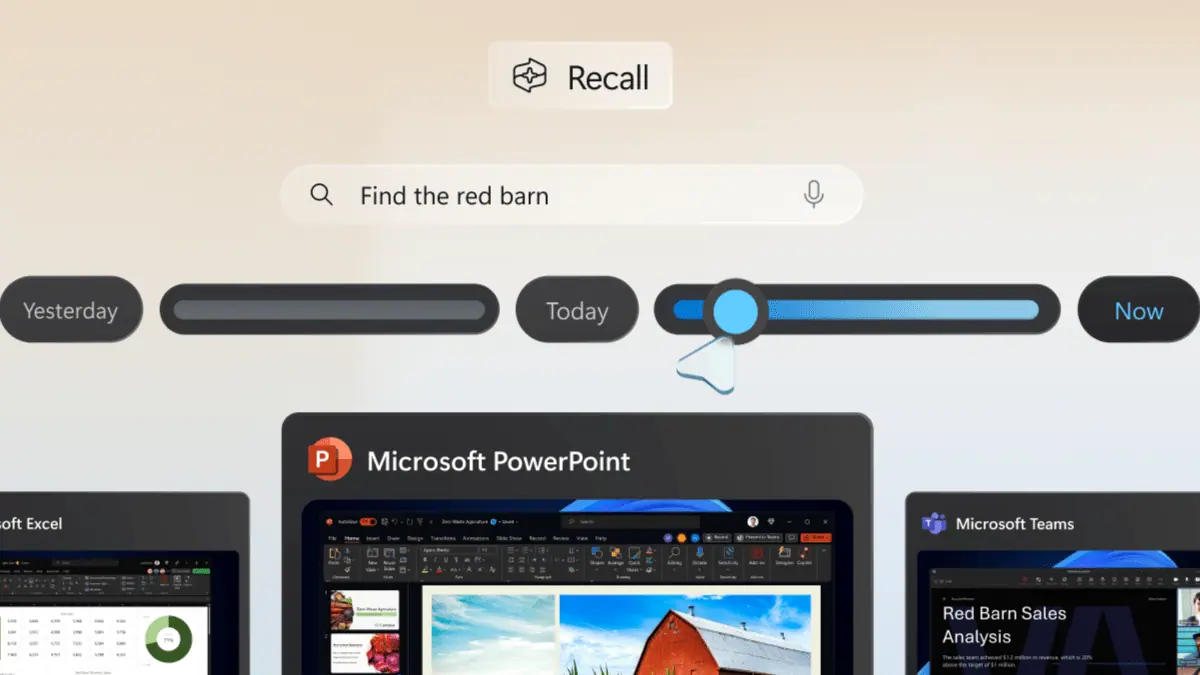Akonia plans holographic waveguide eye piece with 60 degree field of view for OEMs
3 min. read
Published on
Read our disclosure page to find out how can you help MSPoweruser sustain the editorial team Read more

Colorado startup Akonia Holographics has announced its intent to commercialize a holographic eye piece for use in augmented reality headsets which improves significantly on the state of the art by offering a full-color, wide-field-of-view eyepiece at low cost.
“We believe we can solve the problem of the eyeglass that sits in front of your eyeball,” said Ken Anderson, CEO of Akonia, in an interview with VentureBeat.
Akonia, which previously worked on holographic storage before pivoting to AR, does not intend to make their own headset, but rather to supply components to other companies and take a slice of the estimated $90 billion Augmented Reality market by 2020, according to tech advisor Digi-Capital.
Anderson said their HoloMirror technology is the perfect solution for the transparent eyepiece that combines the view of the outside world with a computer display. Chris Berliner, director of business development, said that the company can provide ultra-clear, high quality full-color displays and a wide field of view, with a 60-degree field of view being targeted.
The company uses the same wave guide display technology as the HoloLens, but unlike Microsoft, which uses highly sensitive surface gratings to redirect the light to the eye, Akonia uses photopolymers which is essentially only a layer of plastic between two layers of glass.
“Our proprietary holographic photopolymers have been developed and refined for over 2 decades, and along with our ability to design and develop complex holographic recording systems we have a unique insight into how to use holography to create the most elusive and difficult component of an AR headset: a thin, transparent eyepiece that provides good display performance at a reasonable cost,” Anderson said.
While Akonia will work with OEMs and produce engineering samples for the summer, with 2018 the target for production, they don’t plan to manufacture the component themselves.
“Our end goal is to license the technology,” Anderson said.
Anderson has invested $100 million in the technology and holds 165 patents, with expertise in combining a multitude of holograms in a single layer of polymer to better control the quality and size of the images that are being redirected towards the eye.
“Using more holograms in the eyepiece gives it more control of the image, and therefore one has more knobs by which to optimize the eyepiece’s performance,” said Anderson. “The trick is getting all of the holograms to work together constructively over a large field of view and color spectrum simultaneously. This is what nobody else in the world can do, but we can.”
“It’s been hard work,” Anderson said. “Optics doesn’t really obey Moore’s Law. We think we have cracked the code on this component. We’ve used lenses for hundreds of years, and we hope holography will give us a new way to manipulate light.”
Ultimately he believes Akonia’s HoloMirror technology will finally enable AR headsets to be thin, transparent, vibrant, full-color, and have a wide field of view at a fraction of the cost of competitors.
Even if Microsoft does not pick up this technology themselves, a wave of OEMs using Windows Holographic are likely to adopt the innovation, especially if this gives them an advantage over Microsoft’s own implementation.
Read more about their technology at Akonia Holographics here.








